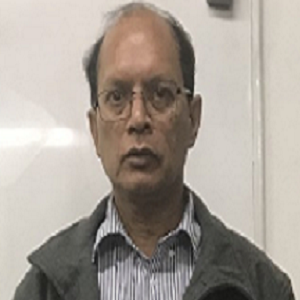Title : The role of anions in rare-earth activated inorganic host materials for its luminescence characteristics
Abstract:
This work is inspired by the comprehensive research conducted by our research group aimed at improving the efficiency of white light-emitting diodes compared to commercially available phosphor materials. Anions of the form BO33-, PO43-, and SO42- play a crucial role in the luminescent characteristics of various host materials by facilitating the emission of light through electronic transitions of the co-dopants. Individually, borate ions (BO33-) consist of centrally situated boron atoms surrounded by three oxygen atoms. These ions can act as sensitizers or activators in various host lattices. By absorbing excitation energy, they transfer it to the luminescent center or dopants, thereby enhancing the observed luminescent characteristics. Phosphate (PO43-) ions, on the other hand, possess a diverse tetrahedral structure and are widely used as anions that influence the local environment of the host material and its luminescent characteristics. Their presence significantly affects the crystal field and modifies the emission properties of the material. The sulfate (SO42-) ion also plays a crucial role by influencing the crystal field environment of the host material. Acting as a charge compensator, it prevents structural defects and luminescence quenching effects in the phosphor material. Various host materials, such as Y2O3, ZnO, ABPO4, and ABSO4 (where A represents alkali metal ions and B represents alkaline earth metal ions), are considered for the embedding of these anions. The addition of dopant ions, along with these anions, plays a crucial role in tuning the various visible colors observed in the electromagnetic spectrum. The synthesis of these composite samples is of utmost importance as it can induce crystal structure changes due to variations in temperature. The incorporation of the various anions contributes significantly to the luminescent characteristics of the host materials. They serve as sensitizers, ligands, or activators, ultimately influencing the crystal field of the host matrix. Their presence and interactions influence the production of various visible colors, which, in some cases, can be 100-fold larger than the emission produced without their presence. Thus, these anions can be considered as triggers for enhancing the properties of various dopant-activated inorganic host materials. They provide a valuable tool for researchers in advancing their investigations. By understanding the role of these anions and their interactions with the host lattice and dopant ions, researchers can further optimize the luminescent properties of the materials, leading to improved efficiency and performance in various applications, including white light-emitting diodes and other lighting technologies.


